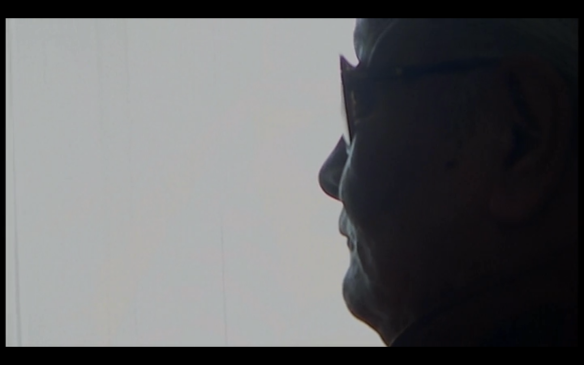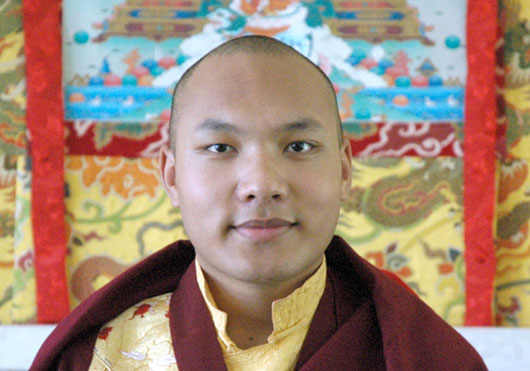There is an interesting piece by Graeme Wood over at The New Republic on how Georgia dealt with the sudden epidemic in opiate use that began around the year 2000.
A drug called buprenorphine or Subutex (“subu” on the street) entered the country via France, where, in the mid-90s, it had become the most widely used substance in drug-substitution programs – ie for weaning addicts off of heroin. Evidently it is far superior to methadone in this regard: a mere 5% of the 2000 Georgians currently in a methadone program will ever come off successfully, according to a clinic director cited in the article. And methadone is dangerous too, building up in the body and causing an estimated 5000 deaths in the US each year. Subutex, on the other hand, appears to be much safer, several times longer-lasting than heroin (a single dose will reach 12-24 hours), and mellower, enabling users to function at a job quite normally for the most part.
So the drug arrived in Georgia, and at a time of high unemployment its popularity rapidly soared, to the point where some 1 in 20 Georgians, according to the article, were using “hard drugs.” Syringes littered the parks, tunnels, and alleys of Tbilisi.
What happened next makes for an interesting case-study in drug policy. Georgia’s new president at the time, the Columbia Law School-educated Mikheil Saakashvili, chose a US-style zero-tolerance policy – and then some – to stamp out the Subutex epidemic. Anyone at any time – 53,000 in 2007 – could simply be stopped on the street and forced to give a urine sample. First-offenders were fined, second-offenders imprisoned, causing the Georgian prison population to triple between 2004 and 2010.
According to the article, there have been two results of this extremely energetic and draconian set of policies, one perhaps surprising, the other depressingly familiar.
The surprising result is that, apparently, Subutex scarcely exists in Georgia today. From that standpoint, the policy was successful. But then, what has happened to all those addicted to it? Have they suddenly all gone drug-free? Well, some have, and a great many haven’t. The difference is that those who haven’t are now in greater danger.
Wood spent time interviewing “Pavel,” a law school graduate unable to find work in his field who operates a market stall and has been shooting up one thing or another for more than 15 years. After his release from prison, with no more of the relatively safe and controllable Subutex around, he turned to a horrifying concoction known as krokodil, consisting of codeine, toilet-cleaner, red phosphorus, and lighter fluid, which is as health- and soul-destroying as you would imagine it could be.
Now he is in a methadone program – with, again, a 5% chance of success, and at greater risk than when Subutex had been available.
One of Wood’s main points is that drug policies always create unexpected and mixed results even at the best of times. He notes that where – as in Ohio in 2012 – the smuggling trade in OxyContin has been broken up, heroin has a tendency simply to come in and fill the void.
Surely there are few public policy spectacles more depressing than the “drugs war,” which seems completely immune to all common sense and compassion. It’s hard to guess how much longer it will take before we recognize that criminalizing the profoundly human desire for intoxicants – found in all times and places – simply cannot succeed. Building a fundamentally saner, more nurturing and uplifted society would seem to be the only way that the more destructive forms of intoxication can diminish in attractiveness.
Far easier, however, to condemn those whose circumstances and history led them to a substance that happens to be different from one’s own…


















